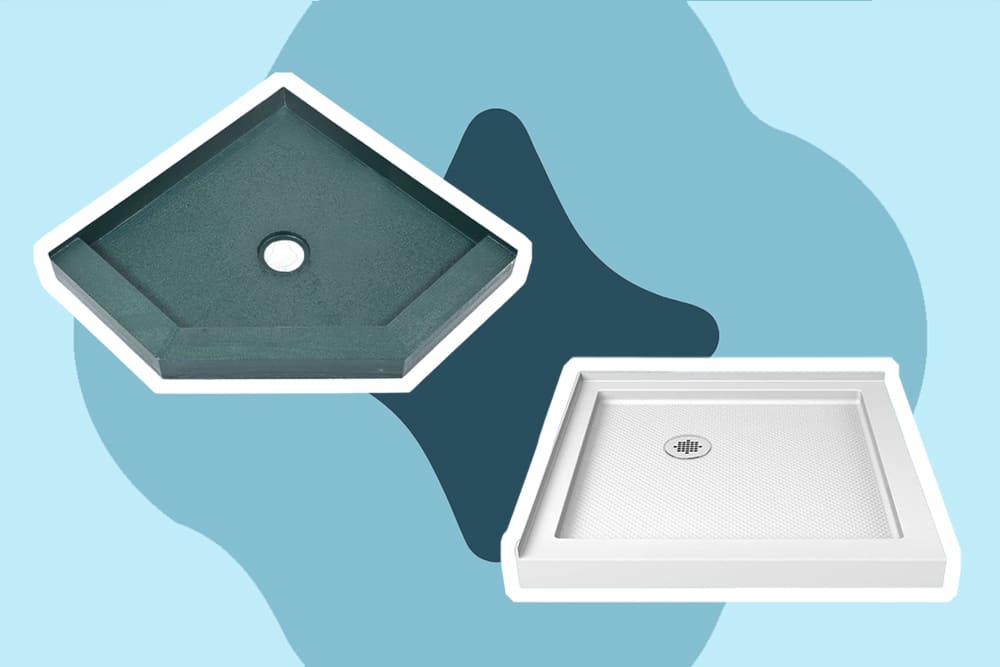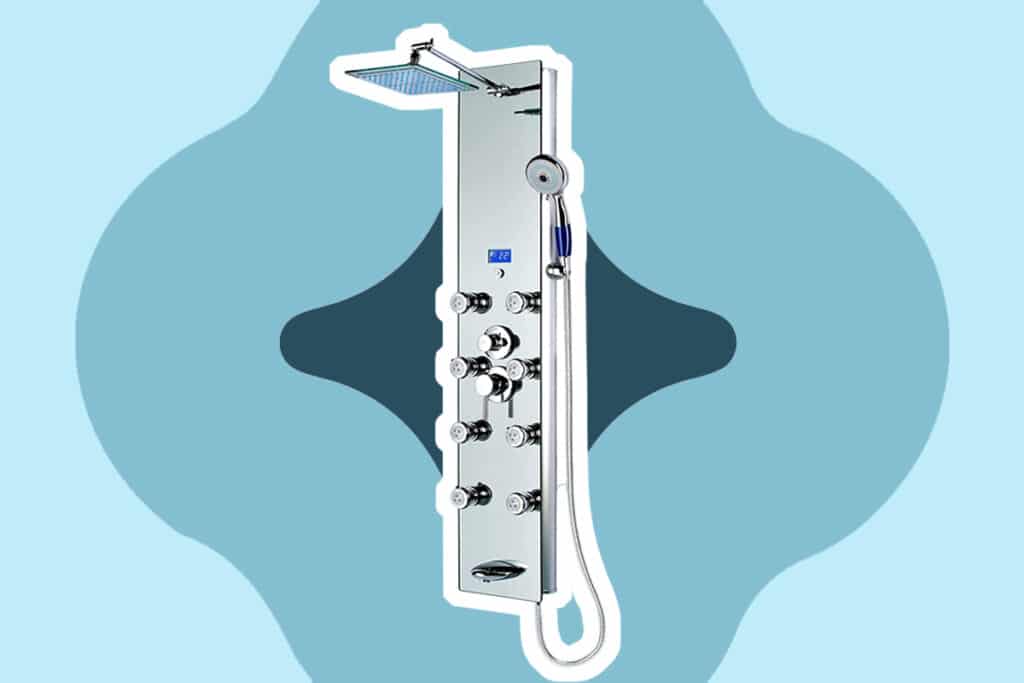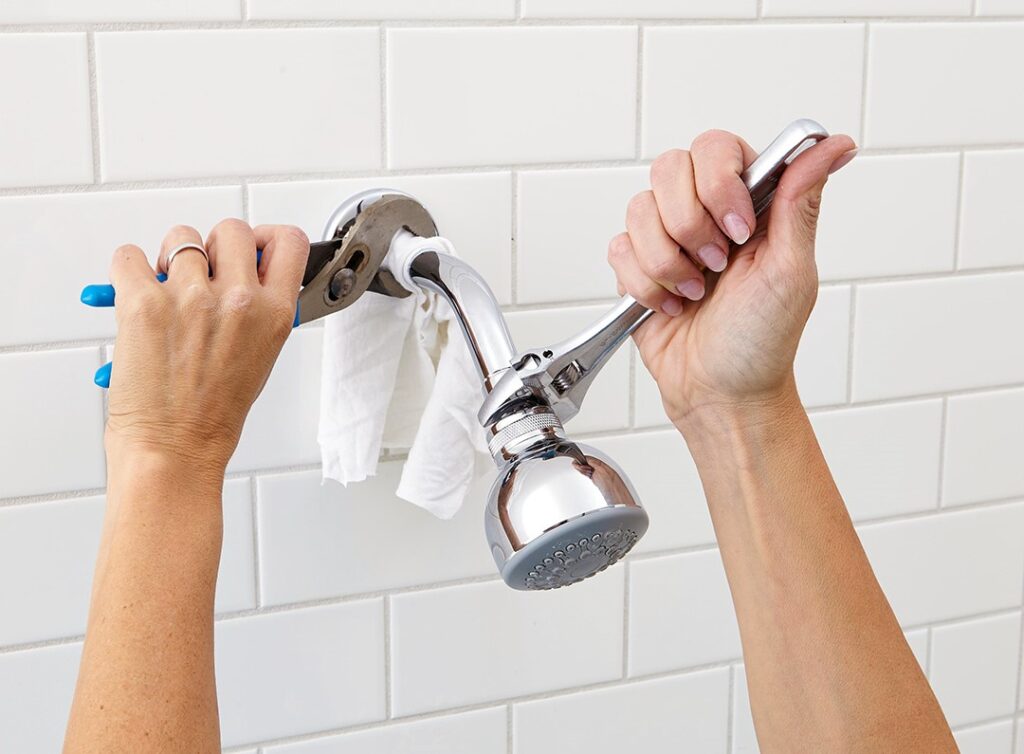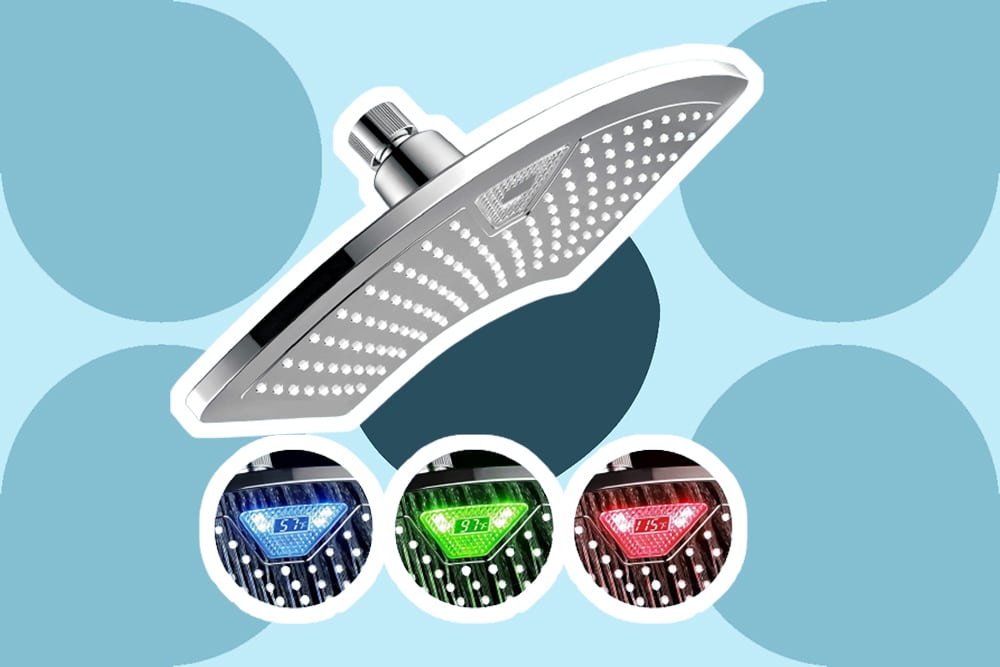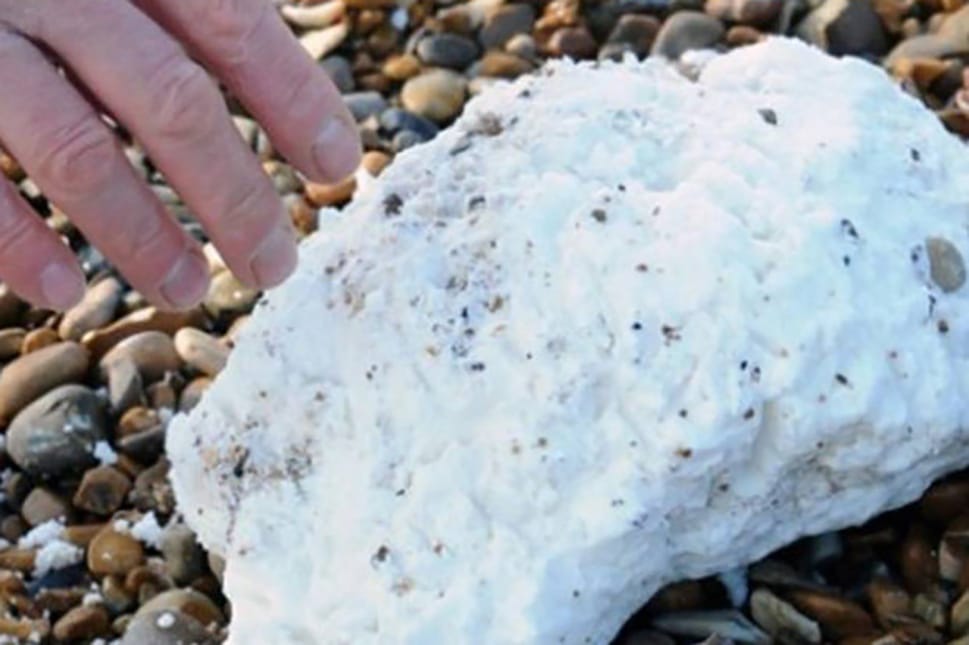

To fill a yawning void in the pages of understanding on what thermostatic vs. pressure balance is, we must discuss the big tree which they fall under, which is “shower valve”. Demographically, about 66% of Americans Trusted Source Statistics and Facts | WaterSense | US EPA The average family can waste 180 gallons per week, or 9,400 gallons of water annually, from household leaks. That’s equivalent to the amount of water needed to wash more than 300 loads of laundry. www.epa.gov take a shower every day, and this is to tell you not only how shower has become a popular culture today but has also banished the by force use of extra time in a bathtub by people who can’t afford it.
Functionality speaking, there are two basic functions a shower valve carries out: controlling temperature and the flow of water in your shower. It performs the former function by mixing cold and hot water through a single control in different amounts from both supplies and does the latter, i.e., controlling water flow by leading the water to one or more openings using diverters and or controllers.
Searching for more insight? Take a closer look!
Below is a compilation of few reasons why you should consider getting yourself a new shower valve.
Suppose there are drips and leaks in the valve when you turn on the water. In that case, that is a good enough reason for you to get a new shower valve not only because you will be conserving water and being one of the saviors of mother-nature but also because the leaking water can make room for rot, mold, and growth of mildew.
Your valve may not function as it should, which might be caused as a result of a change in water pressure elsewhere in the house, probably the bathroom or laundry, which causes a change in the temperature of your bathroom water is a sign that you should get a new shower valve. Also, if when you change your water temperature, a slow reaction time is triggered, you might need a brand-new shower valve. If you are looking to upgrade your bathroom with a new shower system, you might be interested in the Blue Ocean SPA392M.
There exist two major types of shower valves, which are the pressure balance shower valves and the thermostatic shower valves. Hence, the topic of discourse: thermostatic vs. pressure balance.
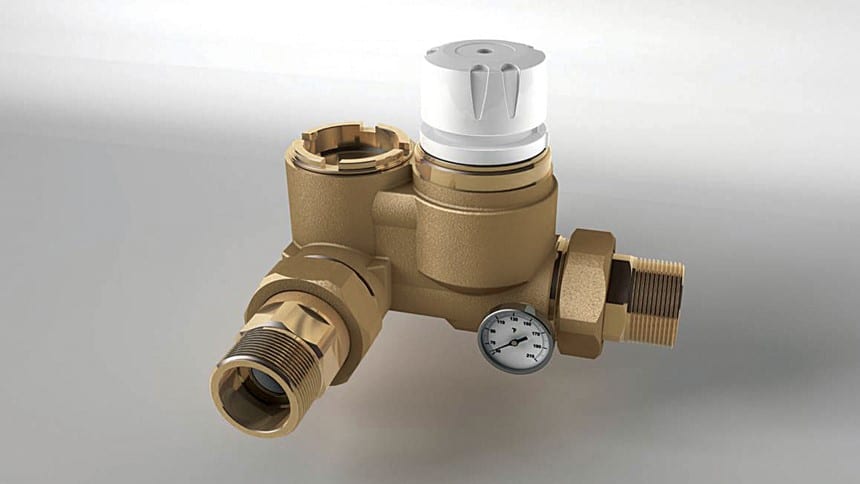
If you are two, ask the question: “what is a pressure-balance valve in a phrase?” The appropriate answer will be a setup from two handles.
A pressure-balance valve perceives the pressure percentage of both cold and hot water coming from a particular fixture to retain the temperature at a constant rate.
It is so commonly used it has been suggested that you have most likely made use of this type of shower valve a thousand times. Prior to the present times, it is made use of in showers having one handle, but in recent times there has been a forward-looking improvement since it can now be used in showers that have two-handled shower taps. This has almost totally put an end to the long-term controversy by preventing you as a user from being exposed to icy or burning water (temperature fluctuations in water) when someone else in the house flushes a toilet or turns the tap on a sink.
The pressure a pressure-balance valve uses is balanced by a spool that controls the pressure ratio or a sliding disc on a piston. It is, therefore, safe to say to this end that a pressure-balance valve is more efficient at controlling the pressure of water rather than modifying the hotness or coldness of the water.
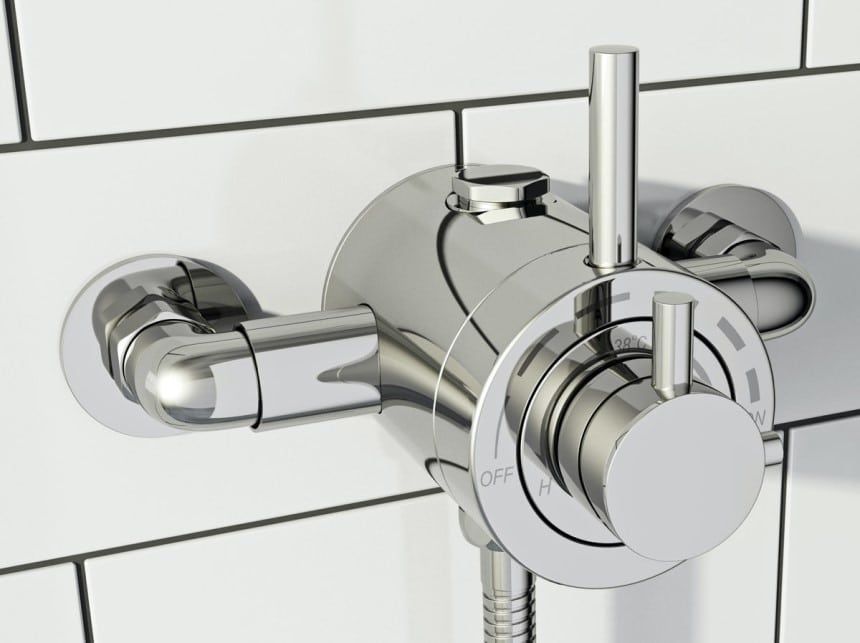
In this setup, there are double handles, one for both water volume and temperature. One of the handles controls the temperature, while the other controls the volume of the water. The valves make a reaction to the temperature of the water and not the flow.
A thermostatic valve works by controlling the temperature of the water itself, and inside it is a wax element that reacts and expands to the temperature of the water. This mechanism reduces fluctuations and maintains constant heat. Like a pressure-balance valve, it also maintains a constant temperature.
With a thermostatic shower valve, you no longer have to worry about the temperature of your water ever again!
The best answer to this question will be subjective and dependent on the target users. For instance, if the occupants of the house are just you, your partner, or a housemate, a pressure-balance valve should do just fine for you. Know why? Because a difficulty in operating the valve should not be posed to you. You and the rest of the occupants can, without a hitch, set the volume and temperature to your taste and have enough understanding of how a handle controls both. If you fall under the category of people advised to go for a pressure-balance valve, you can also look on the bright side of it being cheaper than thermostatic valves.
Suppose you are nursing a child. In that case, elderly ones or people living with sensory disabilities, a thermostatic valve or pressure-balance valve will work just fine for you because of a lack of a good grasp of precision and awareness. This thermostatic valve will be a better choice for you because since the maximum temperature is set, it cannot go beyond the set limit. Also, if your house is situated in a locale with regular water pressure variations, a pressure-balance valve might not be best at maximizing output.
Pressure-balance valves are uncomplicated to function compared to thermostatic valves because they have a handle and can protect the users with modest temperatures. Though, they can’t cope with various responsibilities at the same time because due to heavy usage, the pressure of water fluctuates.
Simple! Fetch hot water into a cup from one of the taps and measure the temperature with a thermometer. Do this at least thrice during the day so you will know about the mischievous fluctuations and set the thermostat appropriately.
Converse the valve by fixing the hot to the cold and pop off the cap. Then, find the right temperature setting for the hot water.
Turn the spindle with a screwdriver in a clockwise manner to reduce the temperature of the water, or anticlockwise to increase the temperature after you must have opened the cap.
Flowing from the above, your subconscious might be aware already that the reason for the existence of a pressure-balance vs. thermostatic valve is to exterminate taking cold showers. We can bet 9.5 out of 10 people prefer taking warm showers, and the remaining .5 is only indecisive in the peak of summer heat as to which water to use in showering. Consider these discussed valves and settle happily for one that best suits your situation. Start your journey to your comfort zone!
